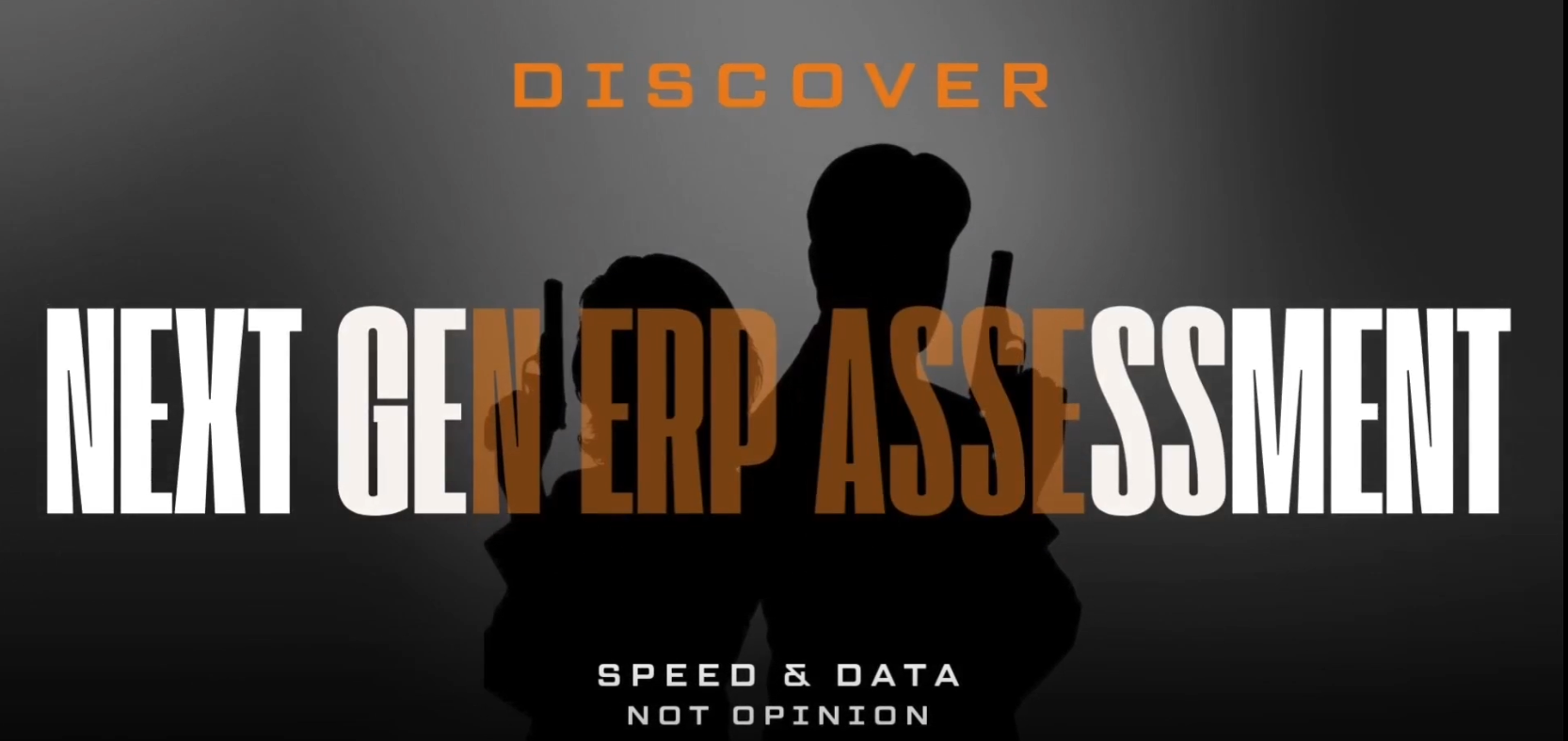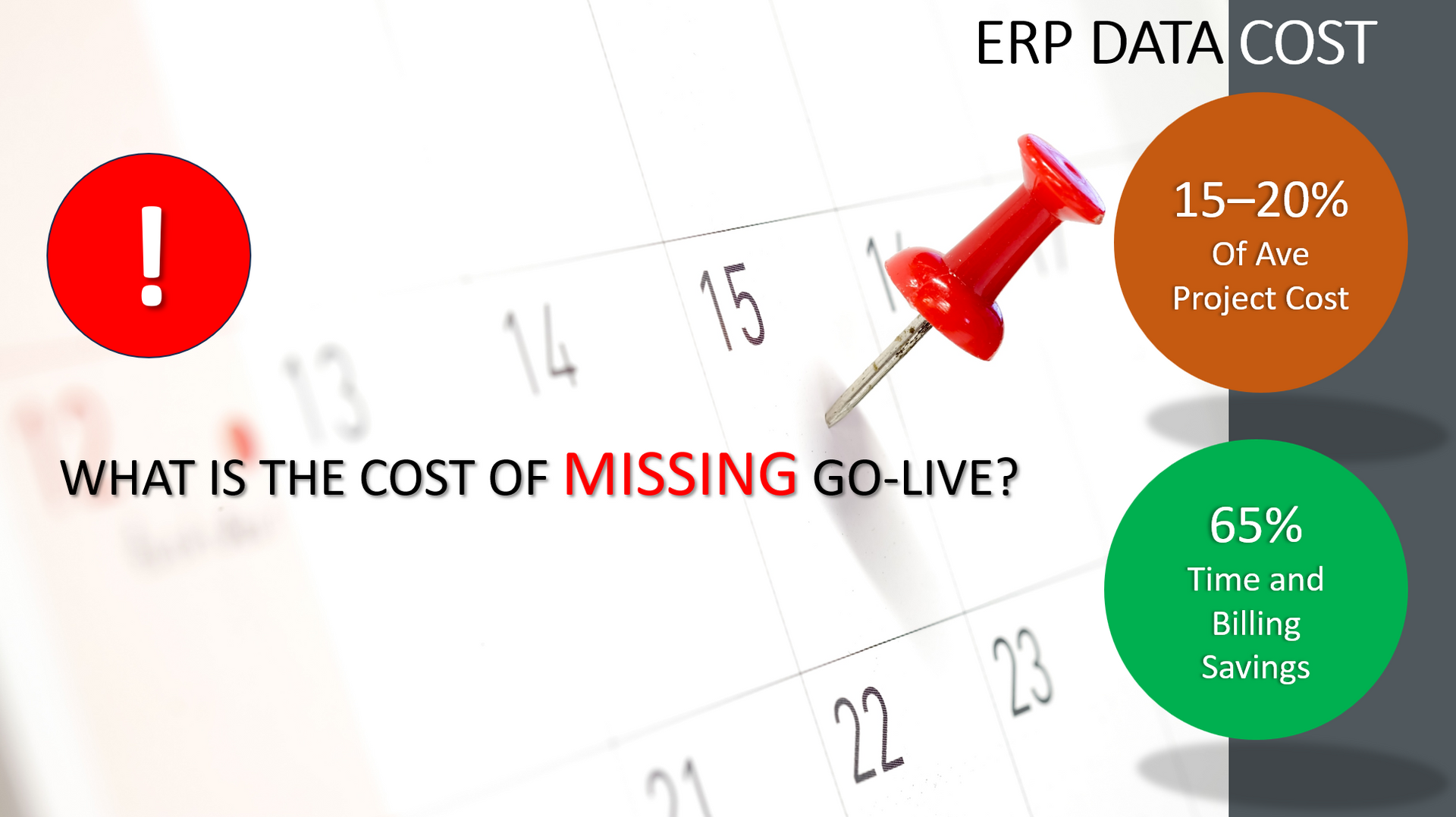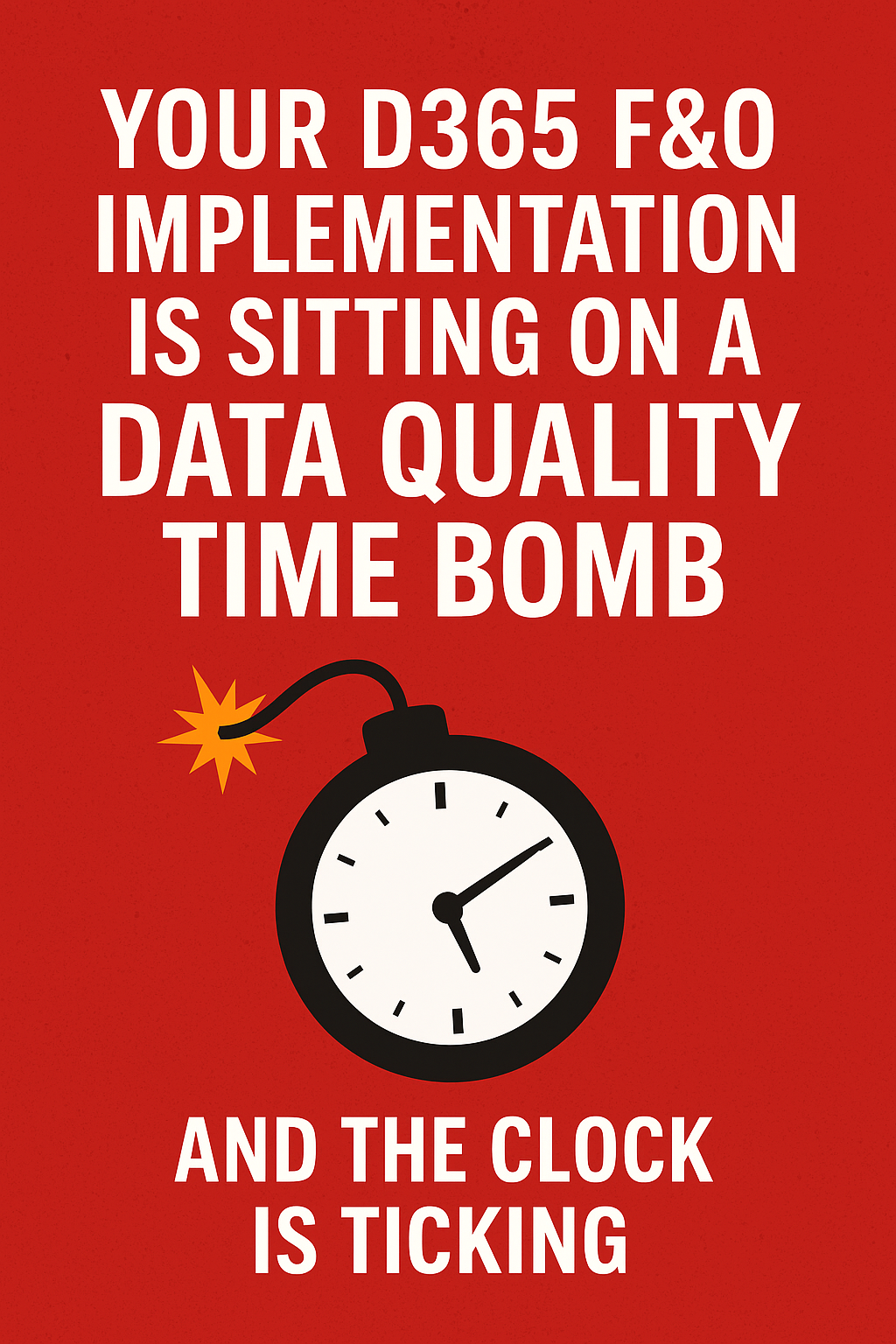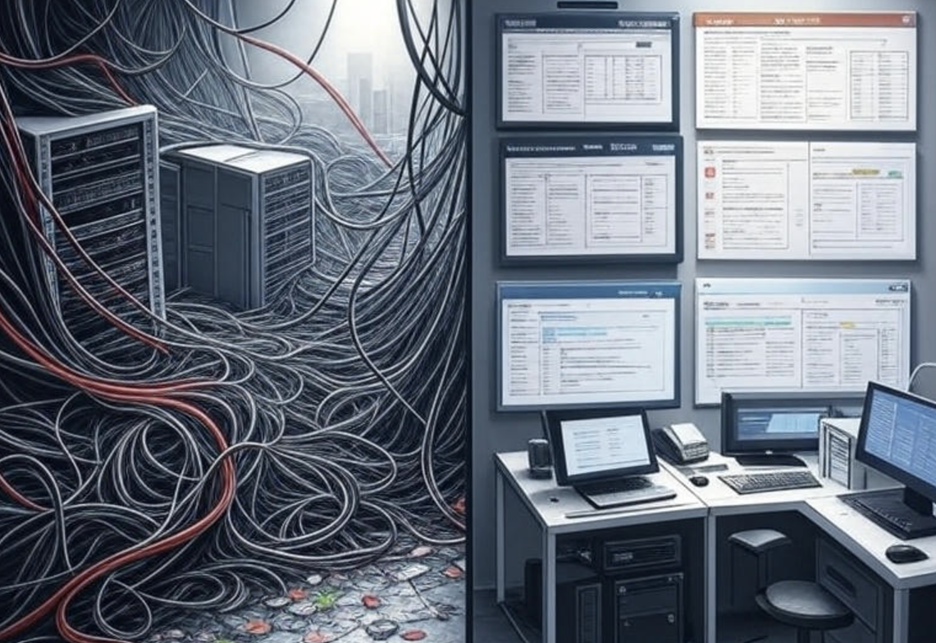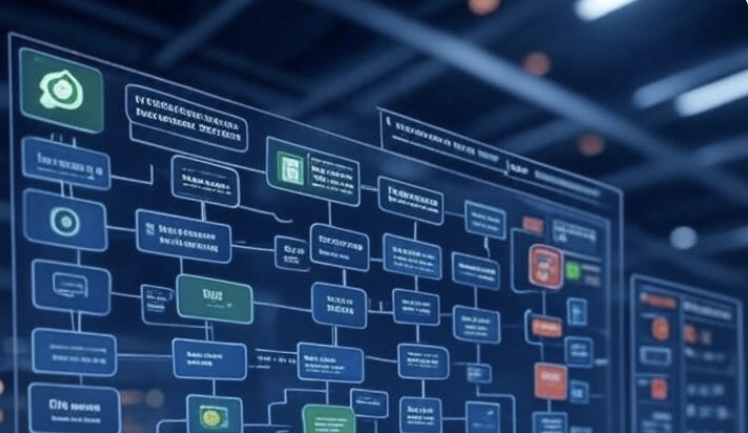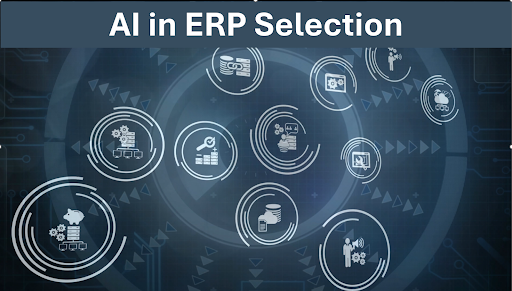Is Business Central the Right Fit for Your Great Plains Business?
Discover Teaser for Dynamics GP to Business Central

As a Great Plains customer, you might be wondering if moving to Microsoft Dynamics Business Central (BC) is the right choice for your business. The key to making this decision lies in understanding your business requirements and how they match up with BC's functionality. Let's explore how you can get a detailed, affordable, and trustworthy analysis using the Discover platform.
Understanding Your Business Requirements
The first step is to identify your core functional requirements, both current and aspirational. Instead of focusing on what Great Plains does for you today, think about what you need your ERP software to do now and in the future. This will help you determine how well BC can meet your needs.
High-Level Data from Discover Sessions
Our Discover sessions provide high-level data showing the fit of your business requirements against Business Central. This analysis is not only overall but also broken down on a module-by-module basis, giving you a comprehensive view of how BC aligns with your needs.
Affordable and Trustworthy Analysis
Discover is an online tool that bridges the gap between free, superficial tools and expensive, consultant-led projects. Free tools often lack depth and sophistication, while consultant-led projects can be time-consuming and costly. Discover offers a balanced approach, providing detailed and reliable information quickly and affordably.
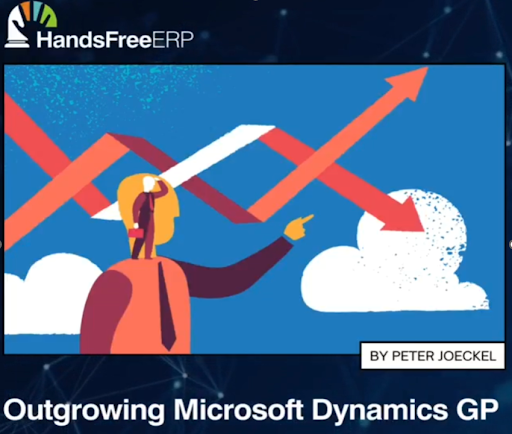
How Discover Works
The Discover platform focuses on core business requirements such as finance, purchasing, and inventory. You'll be asked to rate each requirement based on its importance: must-have, should-have, or could-have. This helps prioritize your needs effectively.
Benchmarking Against Industry Standards
Discover also benchmarks your answers against industry standards, showing how similar companies typically respond. This comparison provides a quick overview of your gap fit and helps you understand how your requirements align with industry norms.
Quick and Efficient Process
You can complete the Discover survey in about two weeks, spending just 20-30 minutes a day. In urgent cases, it can be done over a weekend. This quick and efficient process ensures you get a detailed, granular understanding of how BC fits your business requirements.
Conclusion
The Discover platform is an invaluable tool for Great Plains customers considering a move to Business Central. It provides a detailed, affordable, and trustworthy analysis of your business requirements, helping you make an informed decision. Don't miss out on this opportunity to ensure your ERP project is on time, on budget, and on spec.
HandsFree ERP is dedicated to supporting clients with their ERP initiatives, enabling companies to seamlessly connect users with their ERP partners. By utilizing skilled professionals, streamlined processes, and cutting-edge tools, HandsFree ERP significantly boosts the success rates of ERP projects.



